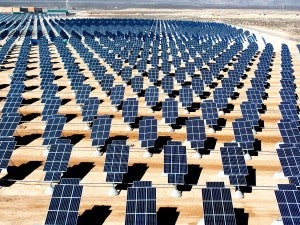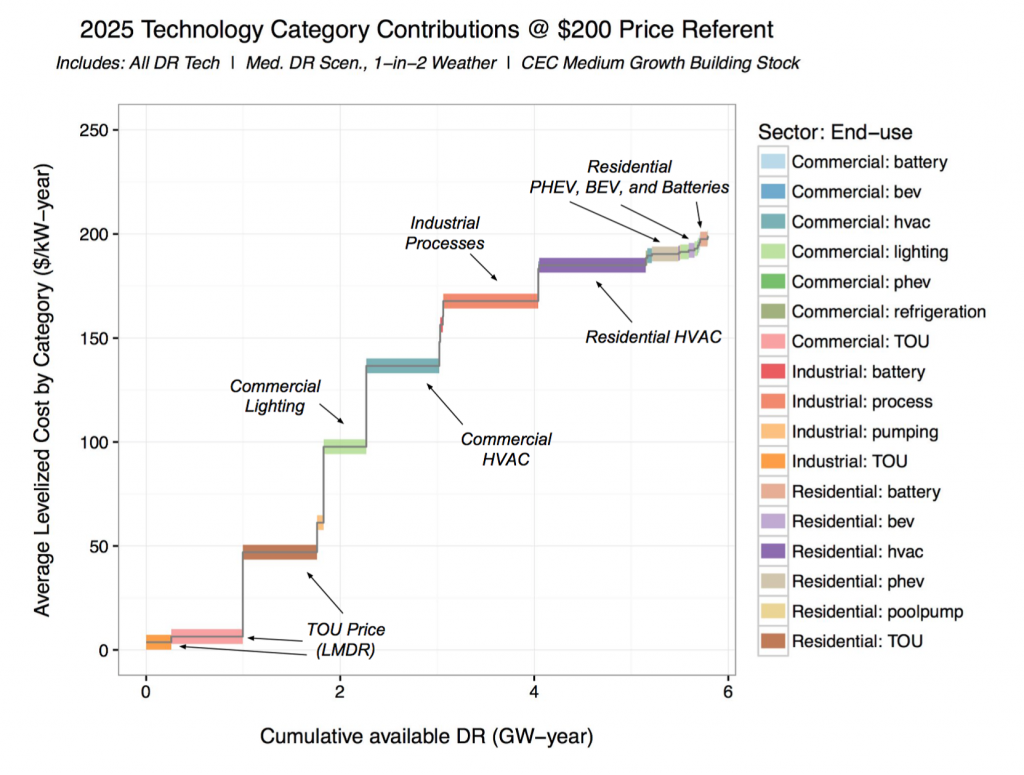3 Insider Clues that Demand Response is the Key to a Clean Energy Future in California and beyond

California is at the forefront of the clean energy revolution. Innovative policies have helped make the state number one in solar installations and clean tech, and meet the 33 percent renewable energy goal early. This has provided the courage to set a course for half of the Golden state’s electricity to be renewably-sourced by 2030. Three new clues indicate that demand response (DR) will be the key that unlocks our clean energy future.
Traditional demand response signals customers to voluntarily and temporarily reduce their energy use at times when the electric grid is stressed. But there are also other types of demand response that signal customers, their appliances, and their electric vehicles to increase their energy use when electricity is clean, abundant, and cheap. I refer to it as “secret agent DR” because of its stealth quality. Its automated nature allows customers to benefit from demand response without having to think about it on a daily basis. Instead third party companies provide this service through enabling technologies.
I have three insider bits of good news for this particular type of demand response:
Demand response’s potential, unveiled
As my colleagues and I recently explained in an article for the Electricity and Natural Gas Journal, secret agent DR or “load modifying demand response” can be part of reliability and sustainability strategies. Load modifying demand response continually communicates to customers and their appliances. Energy users pay for their electricity based on the timing, as well as how much energy they use. Otherwise known as time-varying electricity rates, this type of load modifying demand response is a low-cost way to shift energy demand and thus make the best use of the cleanest generation resources. California regulators can take steps to tee up more customer demand management with time-variant pricing:
- Create incentives for utilities to develop electricity rates that are customized to locations and time. These rates will be the foundation for load modifying demand response, determining where and when shifting energy demand will most benefit the electric grid.
- Improve how the state forecasts energy demand by including demand response resources. This will ensure utilities do not build costly new infrastructure when demand response could meet those needs, ultimately saving customers money.
- Fully and fairly compensate people who invest in technologies, like rooftop solar or storage, for the services they can provide to the grid, and not make these people pay for redundant resources like giant, gas-burning power plants.
If California regulators and utilities work together to take these steps, the state will see even more distributed energy resources in ways that will help manage energy demand to integrate more renewable resources onto the grid.
[Tweet “3 Insider Clues that Demand Response is the Key to a Clean Energy Future”]
More good news for demand response

Thanks to Lawrence Berkeley National Labs, we now have a clear indication that this type of “load modifying” demand response has massive potential.
As this graph shows, load modifying demand response and time varying electricity rates are two of the lowest cost and most significant options. This further emphasizes why regulators and utilities should utilize this resource.
Finally, the California Public Utilities Commission (CPUC) now recognizes that “secret agent DR,” as well as other distributed energy resources, can and should be planned into the grid by our trusted utilities. To inspire this, the CPUC compelled California’s big three utilities – Pacific Gas & Electric, Southern California Edison, and San Diego Gas & Electric – to consider how various distributed energy resources can work together to help modify energy demand. EDF is actively engaging in piloting plans, specifically strategies that reward utilities for embracing distributed energy resources. Part of these plans includes the need for utilities to work with customers to put distributed energy resources into the service of the broader grid (kind of like how we all agree to recycle for the common good). EDF’s notion is to allow utilities to earn service fees as a market-facing platform for distributed energy resources. This would change the utility business model by enabling the exchange of payments for services, and in turn, grow more clean, distributed energy resources.
Demand response as a building block for a clean energy future
Together, the analysis reflected in the Electricity and Natural Gas Journal, the LBNL research, and recent CPUC actions all point to the exciting and substantial potential demand response can bring to California. By using all of this new information, California can build a strong foundation for the clean energy future.
The article referenced in this blog is a part of a subscription-only publication. To access the article, please contact Chloe Looker at clooker@edf.org.










